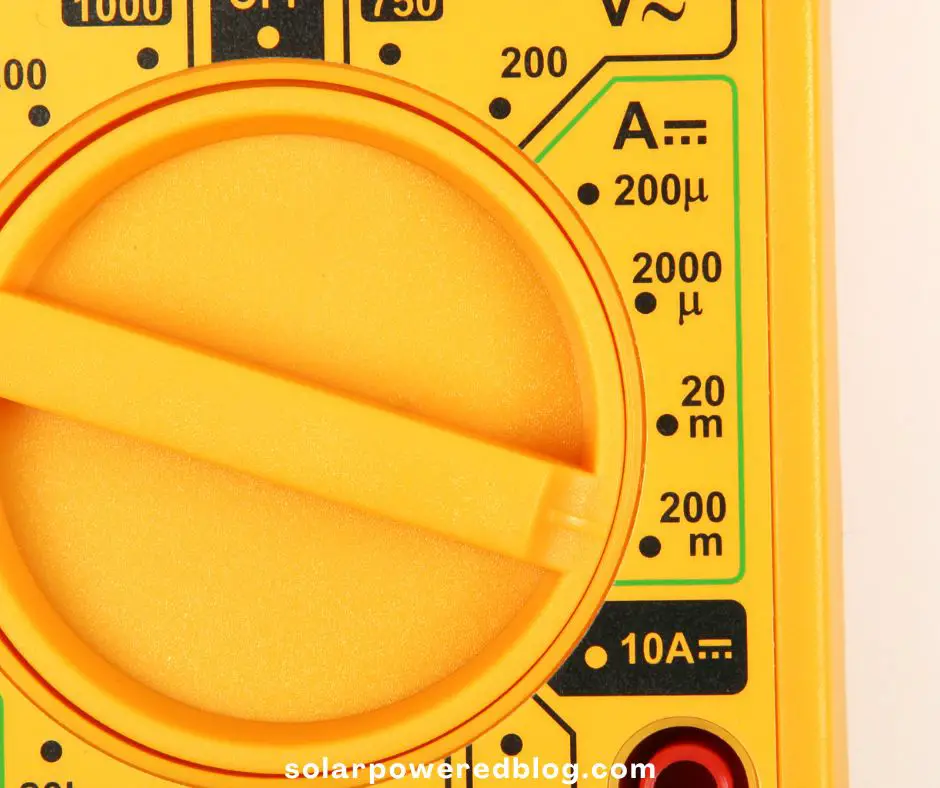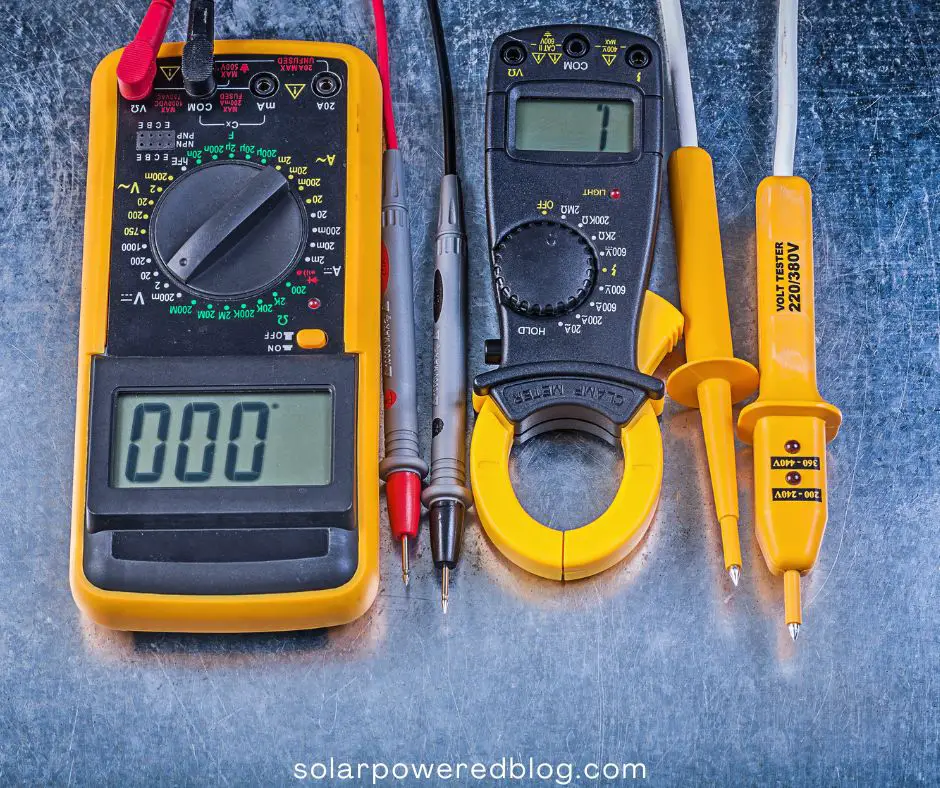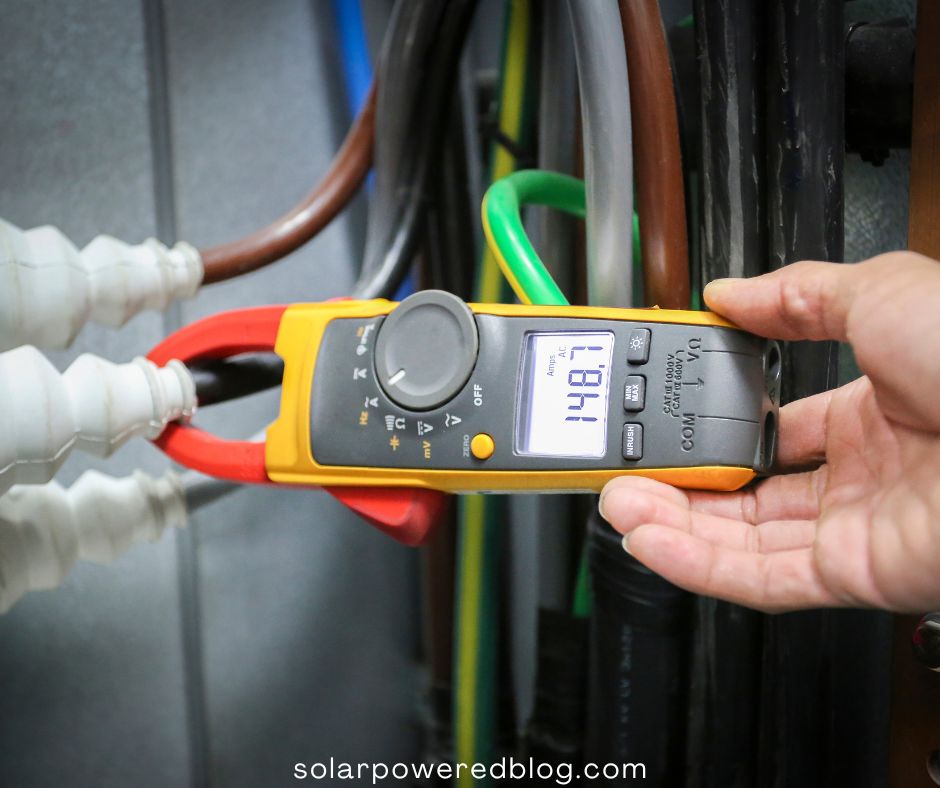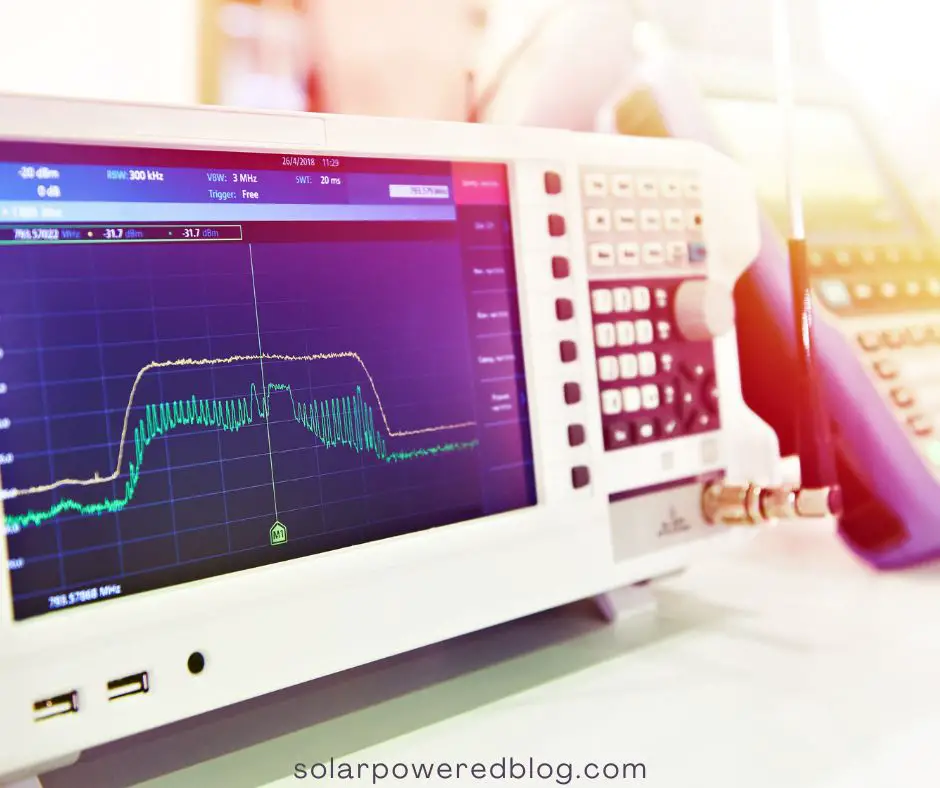Converting milliamps (mA) to amps (A) is a straightforward process. Since 1 ampere (A) is equal to 1000 milliamperes (mA), you can use the following formula:
Amps (A) = Milliamps (mA) / 1000
To make it easier for you, here’s a simple calculator to convert milliamps to amps:
Please input the value in milliamps (mA) you want to convert to amps (A) in the first box, and the equivalent value in amps will be displayed in the second box.
- The “Milliamps to Amps (mA to A) Calculator” is a handy tool designed to quickly convert electrical current measurements from milliamps to amps.
- This calculator simplifies the process by providing a user-friendly interface for effortless conversions.
- Users can enter the value they want to convert in milliamps (mA) into the designated input box.
- The calculator follows a straightforward conversion rule, as 1 ampere (A) is equal to 1000 milliamperes (mA).
Calculation Process of Converting Milliamps to Amps

- Once the user enters the value in milliamps and clicks the “Calculate” button, the calculator processes the input.
- The entered value is divided by 1000 according to the conversion formula to obtain the equivalent value in amps.
- The result, representing the current measurement in amperes, is then displayed in a labeled output box for the user’s convenience.
- Users can make multiple calculations by entering new values, and the output updates dynamically each time.
Simple Example
Suppose we have a current value of 500 milliamps (500 mA), and we want to convert it to amps.
Formula: Amps (A) = Milliamps (mA) / 1000Step 1: Write down the given value. Given: 500 milliamps (500 mA)
Step 2: Use the conversion formula. The conversion formula from milliamps to amps is: Amps (A) = Milliamps (mA) / 1000
Step 3: Perform the calculation. Amps (A) = 500 mA / 1000
Step 4: Simplify the calculation. Amps (A) = 0.5
Step 5: Interpret the result. The result is 0.5 amps (0.5 A). Therefore, 500 milliamps is equivalent to 0.5 amps.
That’s it! The conversion process is quite straightforward. Remember that 1 ampere (A) is equal to 1000 milliamperes (mA), so when converting from milliamps to amps, you need to divide the milliamp value by 1000 to get the equivalent value in amps.
Table for Milliamps to Amps Conversion
You can use this table as a reference for converting milliamps to amps. To convert any value in milliamps to amps, simply find the corresponding value in the “Amps (A)” column. For example, if you have 500 milliamps, you can find “0.5” under the “Amps (A)” column, which means it is equal to 0.5 amps.
| Milliamps (mA) | Amps (A) |
|---|---|
| 1 | 0.001 |
| 10 | 0.01 |
| 50 | 0.05 |
| 100 | 0.1 |
| 200 | 0.2 |
| 500 | 0.5 |
| 1000 | 1 |
| 2000 | 2 |
| 5000 | 5 |
| 10000 | 10 |
| 50000 | 50 |
| 100000 | 100 |
What does “milli” mean in milliamps?

In the context of milliamps (mA), “milli” is a prefix used in the International System of Units (SI) to denote a subunit of measurement. Specifically, “milli” represents one-thousandth (1/1000) of a base unit.
In the case of electrical current, the base unit is the ampere (A), which is the unit of electric current in the SI system. So, “milliampere” (mA) is a subunit of the ampere, where 1 milliampere is equal to one-thousandth (1/1000) of an ampere. Therefore, 1 milliampere (1 mA) is equivalent to 0.001 amperes (0.001 A).
In scientific notation, “milli” is represented as 10^-3. So, in the context of milliamps (mA), it means that 1 milliampere is equal to 0.001 amperes. Using scientific notation, 1 milliampere (1 mA) can be written as 1 x 10^-3 amperes (1 x 10^-3 A). This notation highlights that milliampere is one-thousandth (1/1000) of an ampere. The exponent “-3” indicates the number of decimal places to move the decimal point to convert from milliamps to amps.
This prefix is used in various scientific and engineering fields to express measurements that are smaller or larger than the base unit in convenient increments. For instance, “millimeter” (mm) is one-thousandth of a meter, and “milligram” (mg) is one-thousandth of a gram. Conversely, “kilo” is another SI prefix that represents one thousand times the base unit, such as “kilometer” (km) being one thousand meters.
What is the basic definition of a Current?

In physics and electrical engineering, “current” refers to the flow of electric charge through a conductive medium, such as a wire or a circuit. It is the rate at which electric charges move past a specific point in the circuit. Electric current is measured in amperes (A).
Electric current can be either direct current (DC) or alternating current (AC):
- Direct Current (DC): In DC, the electric charges flow in one direction through the circuit. Batteries and most electronic devices typically produce direct current.
- Alternating Current (AC): In AC, the electric charges oscillate back and forth periodically, changing direction periodically. AC is the type of current used in household electricity, transmitted through power lines, and is commonly used in commercial and industrial applications.
Current is a fundamental concept in electricity and plays a crucial role in powering electrical devices and systems. It is essential for understanding electrical circuits, electrical safety, and the functioning of various electrical and electronic devices we use in our daily lives. The unit of current, the ampere (A), is defined as one coulomb of electric charge passing through a point in a circuit per second.
Which tools are used to measure milliamps?
To measure milliamps (mA), various tools and instruments are available, depending on the level of precision and the specific application. Below are several commonly used tools for measuring milliamps:
- Digital Multimeter (DMM): A digital multimeter is a versatile and widely used tool for measuring electrical parameters, including current. It can measure both direct current (DC) and alternating current (AC), and many DMMs have a dedicated milliamp range for precise current measurements.
- Clamp Meter: A clamp meter is a specialized type of meter that can measure current without breaking the circuit. It has a clamp-like sensor that clamps around the wire, detecting the magnetic field produced by the current flow and providing a current reading, including milliamps.
- Ammeter: An ammeter is a dedicated current measuring instrument. Some ammeters have a milliamp scale that allows precise measurement of current in the milliamp range.
- Current Shunt: A current shunt is a precision resistor connected in series with the circuit. The voltage drop across the shunt is proportional to the current, and by measuring this voltage drop, the current can be calculated, including milliamps.
- Oscilloscope: An oscilloscope can be used to indirectly measure current by monitoring the voltage across a shunt resistor or other current sensing element. The oscilloscope displays the waveform, which can then be used to calculate the current, including milliamps.
- Current Logger/Data Logger: These devices continuously monitor and record current over time. Some data loggers have the capability to measure milliamps and provide detailed data for analysis.
It’s important to note that when measuring milliamps or any current, proper safety precautions should be taken, especially when working with high currents or live electrical circuits. Always follow the manufacturer’s guidelines and safety procedures while using these tools.
How is it related to solar energy?

Electric current is directly related to solar energy through the process of converting sunlight into electricity using solar photovoltaic (PV) cells, commonly known as solar panels.
The electric current generated by solar panels is typically direct current (DC) since it flows in one direction. However, most homes and buildings use alternating current (AC) for their electrical appliances and grid connections. To make the electricity generated by solar panels compatible with standard electrical systems, an inverter is used to convert the DC current into AC current.
Example of Converting Milliamps to Amps in Solar Energy
Suppose you have a solar panel with a rated output current of 2000 milliamps (2000 mA). You want to convert this current value to amps to understand the solar panel’s electrical output in standard units.
Step 1: Write down the given value. Given: 2000 milliamps (2000 mA)
Step 2: Use the conversion formula. The conversion formula from milliamps to amps is: Amps (A) = Milliamps (mA) / 1000
Step 3: Perform the calculation. Amps (A) = 2000 mA / 1000
Step 4: Simplify the calculation. Amps (A) = 2
Step 5: Interpret the result. The result is 2 amps (2 A). Therefore, the solar panel’s rated output current of 2000 milliamps is equivalent to 2 amps.
So, the solar panel generates an electrical current of 2 amps under its specified conditions. This information is crucial for understanding the solar panel’s power output and determining its suitability for specific applications, such as charging batteries or supplying electricity to devices and appliances. Additionally, knowing the current output is essential for properly designing and configuring solar energy systems to optimize their efficiency and performance.
Converting milliamps to amps in solar energy is a fundamental process that helps engineers, installers, and users gauge the capacity and potential of solar panels in generating electricity from sunlight. This knowledge empowers them to make informed decisions and harness the full potential of solar energy as a clean and sustainable power source.
Conclusion

The example of converting milliamps to amps in the context of solar energy illustrates the practical application of this fundamental conversion process. By converting current values from milliamps to amps, we can better understand and evaluate the electrical output of solar panels, crucial information for designing efficient solar energy systems.
Solar energy continues to play a pivotal role in addressing global energy challenges, offering a clean, renewable, and sustainable alternative to traditional fossil fuel-based power sources. The ability to harness sunlight and convert it into electricity through solar photovoltaic technology empowers individuals, businesses, and communities to embrace environmentally friendly energy solutions.
I invite you to subscribe to our mailing list. By subscribing, you will receive regular updates, industry news, and exclusive content directly to your inbox. Don’t miss out on the opportunity to be part of the renewable energy revolution – subscribe today!




